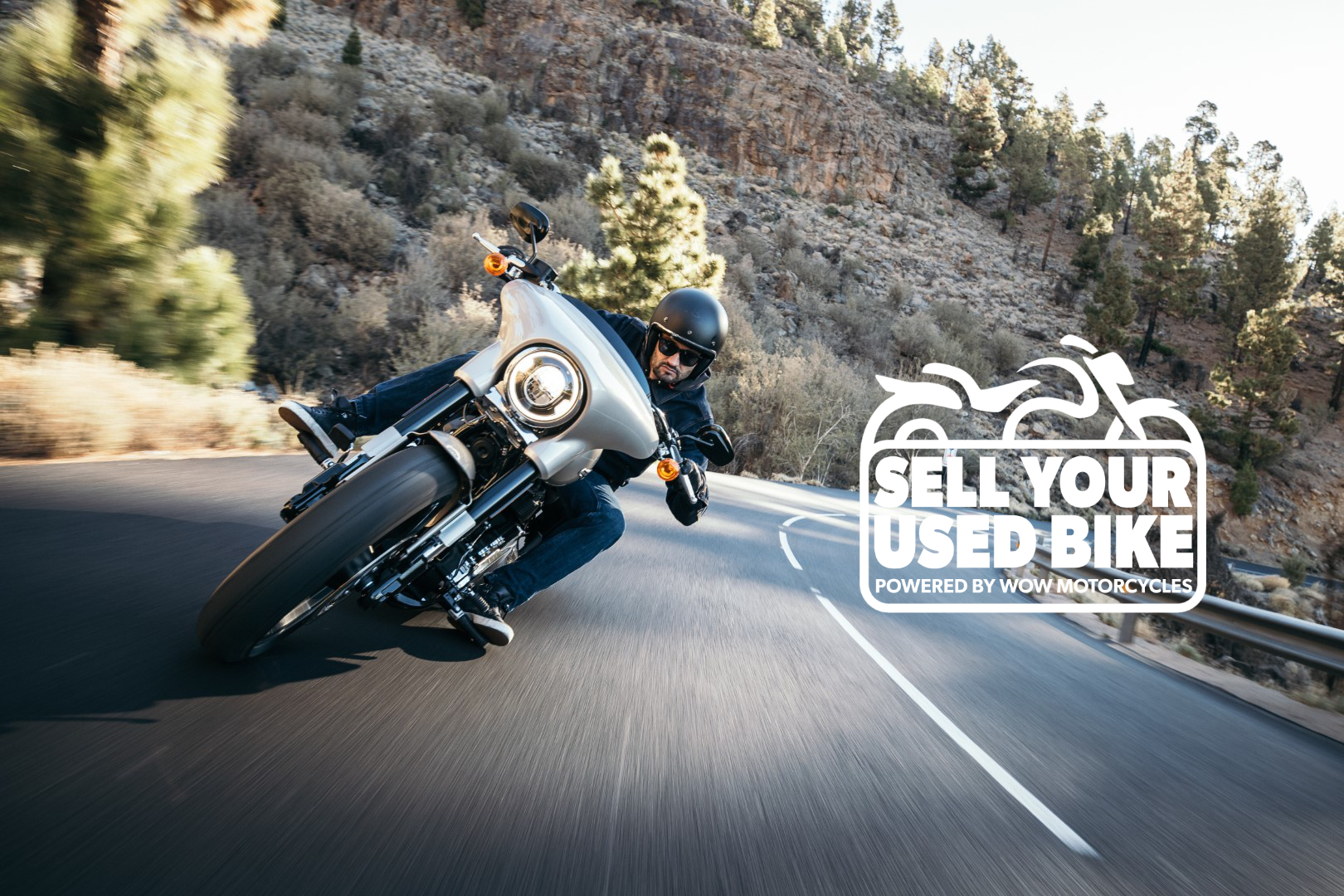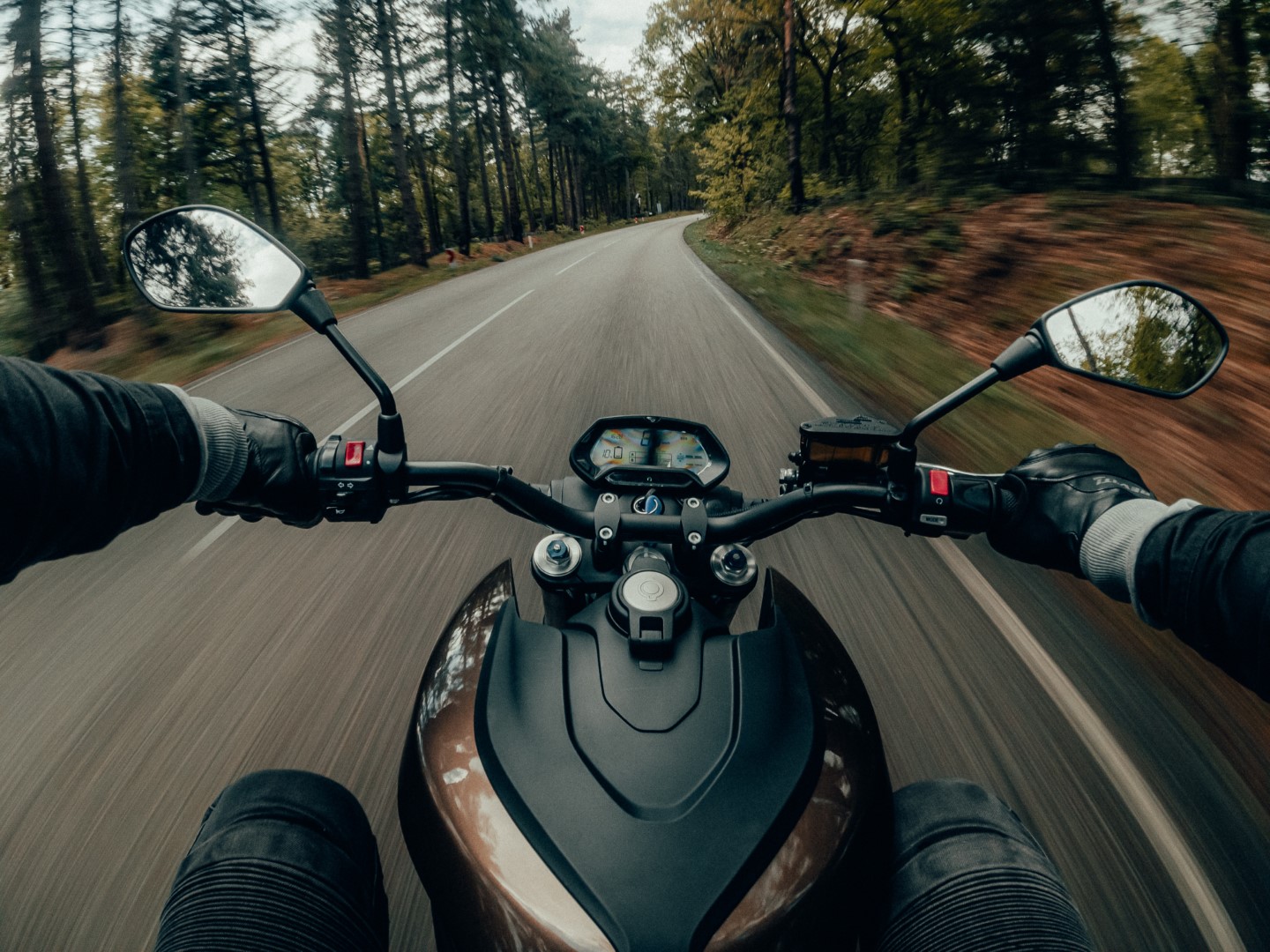SellYourUsedBike’s Guide On How to Learn to Ride a Motorcycle
And so it begins…
Learning to ride a motorcycle can be an exhilarating and empowering experience. Whether you’re a beginner with no prior riding knowledge or transitioning from a different type of vehicle, acquiring the necessary skills and knowledge is essential for a safe and enjoyable journey. Today, we will explore the step-by-step process of learning to ride a motorcycle, hopefully arming you with some information needed to get into the wonderful world of riding!

Understanding Motorcycle Basics: Before embarking on your motorcycle learning journey, it’s crucial to familiarize yourself with the basics. Take the time to learn about the different parts of a motorcycle, such as the throttle, clutch, brakes, gears, and how they function. This understanding will help you operate the motorcycle effectively and make informed decisions while riding.
Find the Right Learning Environment: Choosing an appropriate learning environment significantly impacts your learning experience. Seek out a spacious and secure area, such as an empty parking lot or a designated training facility, away from traffic and potential hazards. This environment will allow you to practice essential skills without distractions or risks. Strongly consider a riding school in your area. There is nothing better than learning from trained and professional riding teachers.

Safety First: Prioritizing safety is paramount when learning to ride a motorcycle. Invest in high-quality safety gear, including a DOT-approved helmet, gloves, a jacket, long pants, and sturdy boots. These protective items are critical for safeguarding yourself in the event of an accident or fall.
Mounting and Dismounting: Begin by becoming comfortable with mounting and dismounting the motorcycle. Practice swinging your leg over the seat and positioning both feet firmly on the ground when coming to a stop. Maintaining balance and ensuring you can easily reach the controls are key aspects to focus on during this stage.
Mastering Motorcycle Controls: To effectively ride a motorcycle, it’s crucial to understand and operate its controls. Practice engaging and disengaging the clutch smoothly, using the throttle to control your speed, and applying the brakes evenly. Familiarize yourself with shifting gears, starting with low gears and gradually progressing to higher ones.
Strongly consider a riding school in your area. There is nothing better than learning from trained and professional riding teachers.
Developing Riding Techniques: Begin by mastering basic riding techniques. Start the motorcycle and focus on maintaining balance while moving at a slow speed. Gain confidence in controlling the motorcycle using the handlebars, executing smooth turns, and navigating straight lines. Practice these techniques repeatedly until they become second nature.
Emphasizing Braking Skills: Proper braking techniques are essential for safe motorcycle riding. Learn to use both the front and rear brakes independently and in combination to achieve smooth and controlled stops. Gradually develop the ability to modulate brake pressure for different situations, avoiding abrupt or harsh braking that can destabilize the motorcycle.
Navigating Curves and Turns: As your skills progress, it’s time to tackle curves and turns. Learn to lean your body in the direction of the turn, maintain a steady speed, and look through the curve to anticipate your path. Practice different types of turns, from wide sweeps to sharper corners, gradually building your confidence and skill level.

Riding in Traffic: Once you have mastered the fundamentals in a controlled environment, it’s time to venture into low-traffic areas to practice riding in real-world conditions. Familiarize yourself with traffic rules, proper signaling, and effective lane positioning. Develop defensive riding techniques to enhance your safety and awareness on the road.
Learning to ride a motorcycle requires dedication, practice, and a commitment to safety. By following this guide, you can acquire the necessary skills to become a confident motorcycle rider. Remember to always prioritize safety, wear appropriate protective gear, and adhere to traffic laws. Embrace the freedom and excitement that motorcycle riding offers while ensuring a safe and enjoyable journey on the open road.









